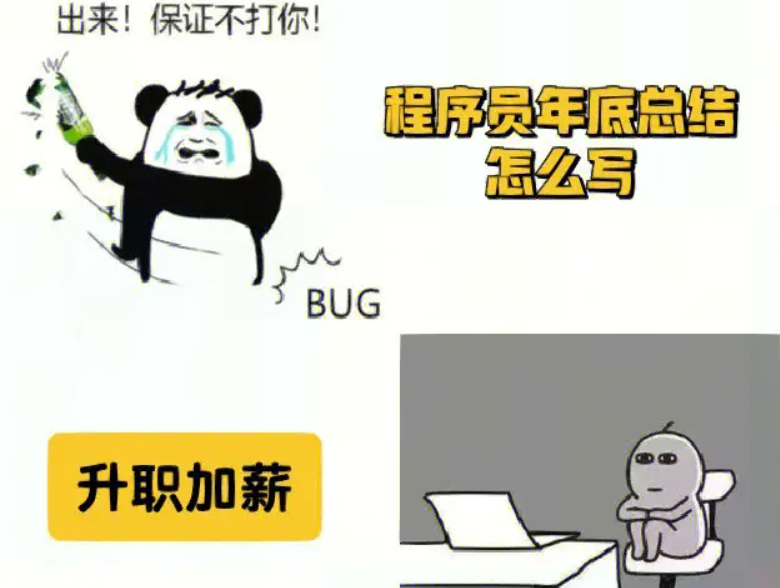使用C++和V8引擎解析混淆JS代码并识别location对象
要使用C++和V8引擎解析JavaScript代码并识别location对象(包括混淆后的代码),可以按照以下步骤实现:
1. 基本环境搭建
首先需要安装V8引擎开发环境:
# 获取V8源码
git clone https://chromium.googlesource.com/chromium/tools/depot_tools.git
export PATH=$PATH:/path/to/depot_tools
fetch v8
cd v8
gclient sync
2. C++基础代码框架
#include <v8.h>
#include <libplatform/libplatform.h>
#include <iostream>
#include <fstream>
#include <string>
using namespace v8;
class LocationVisitor : public v8::AstVisitor {
public:
explicit LocationVisitor(Isolate* isolate) : isolate_(isolate) {}
// 这里实现各种AST节点的访问方法
private:
Isolate* isolate_;
};
void AnalyzeJS(const std::string& js_code) {
// 初始化V8平台
std::unique_ptr<Platform> platform = platform::NewDefaultPlatform();
V8::InitializePlatform(platform.get());
V8::Initialize();
// 创建隔离实例
Isolate::CreateParams create_params;
create_params.array_buffer_allocator = ArrayBuffer::Allocator::NewDefaultAllocator();
Isolate* isolate = Isolate::New(create_params);
{
Isolate::Scope isolate_scope(isolate);
HandleScope handle_scope(isolate);
// 创建上下文
Local<Context> context = Context::New(isolate);
Context::Scope context_scope(context);
// 编译源代码
Local<String> source = String::NewFromUtf8(isolate, js_code.c_str()).ToLocalChecked();
ScriptOrigin origin(String::NewFromUtf8(isolate, "script.js").ToLocalChecked());
ScriptCompiler::Source script_source(source, origin);
Local<Script> script;
if (!ScriptCompiler::Compile(context, &script_source).ToLocal(&script)) {
std::cerr << "Failed to compile script" << std::endl;
return;
}
// TODO: AST分析和遍历
// 执行脚本(可选)
MaybeLocal<Value> result = script->Run(context);
}
// 清理资源
isolate->Dispose();
V8::Dispose();
V8::ShutdownPlatform();
}
int main(int argc, char* argv[]) {
if (argc != 2) {
std::cerr << "Usage: " << argv[0] << " <js_file>" << std::endl;
return 1;
}
std::ifstream file(argv[1]);
if (!file.is_open()) {
std::cerr << "Failed to open file: " << argv[1] << std:endl;
return 1;
}
std:string js_code((std:istreambuf_iterator<char>(file)),
std:istreambuf_iterator<char>());
AnalyzeJS(js_code);
return 0;
}
3. AST遍历检测location对象
扩展LocationVisitor类来检测各种形式的location访问:
class LocationVisitor : public v8:::AstVisitor {
public:
bool VisitProperty(v8:::AstNode* node) override {
if (node->IsProperty()) {
Property* prop = node->AsProperty();
if (prop->key()->IsString() &&
strcmp(prop->key()->AsString()->value(), "location") ==0) {
found_location_ = true;
location_nodes_.push_back(node);
}
}
return true;
}
bool VisitCall(Call* call) override {
Expression* callee = call->expression();
if (callee->IsProperty()) {
Property* prop = callee->AsProperty();
if (prop->key()->IsString() &&
strstr(prop->key()->AsString()->value(), "ocation") != nullptr) {
found_location_ = true;
location_calls_.push_back(call);
}
}
return true;
}
bool VisitAssignment(Assignment* assignment) override {
if (assignment->target()->IsProperty()) {
Property* prop = assignment->target()->AsProperty();
if (prop->key()->IsString() &&
strstr(prop.key().ToString().c_str(), "ocation") != nullptr) {
found_location_assignments_.push_back(assignment);
}
}
return true;
}
private:
bool found_location_;
vector<AstNode*> location_nodes_;
vector<Call*> location_calls_;
vector<Assignment*> found_location_assignments_;
};
##4.处理混淆代码的特殊情况
对于混淆过的代码,你需要额外处理这些情况:
bool VisitVariableProxy(VariableProxy* proxy) override {
if (proxy-var()-is_valid() && proxy-var()-name()-length() >0 ){
const char name=proxy-var()-name()-data();
if(strstr(name,"loc")!=nullptr || strstr(name,"navig")!=nullptr){
potential_locations.insert(proxy);
}
}
return true;
}
bool VisitMemberExpression(MemberExpression expr){
string full_name=GetFullMemberName(expr);
size_t pos=full_name.find("location");
if(pos!=string:npos){
ReportLocationAccess(full_name);
} else{
CheckForObfuscatedNames(full_name);
}
return true;
}
void CheckForObfuscatedNames(const string& name){
static const vector<string patterns={"lo","cat","ion","win","dow"};
int score=0;
for(const auto& pat:patterns){
if(name.find(pat)!=string:npos){score++;}
}
if(score>=3){ReportPotentialLocation(name);}
}
##5.构建与运行
编译命令示例:
g++ -I/path/to/v8/include -L/path/to/v8/lib -lv8 -lv8_libplatform -o js_analyzer analyzer.cpp`
运行时指定要分析的JS文件:
./js_analyzer obfuscated.js`
##6.高级技巧:处理特殊混淆情况
对于更复杂的混淆场景,你可能需要:
数据流分析:跟踪变量赋值链以识别重命名的location引用
模式匹配:常见混淆技术如字符串拼接、base64解码等
控制流平坦化恢复:部分反混淆后再进行分析
动态分析结合:在受限环境中执行部分代码以观察行为
这种方法虽然复杂,但能有效识别出绝大多数经过混淆的location对象访问。
内容由零声教学AI助手提供,问题来源于学员提问


![驱动代码
void kalRxTaskletSchedule(struct GLUE_INFO *pr)
{
static unsigned int num = 0;
tasklet_hi_schedule(&pr->rRxTask[(num++)%NR_CPUS]);
// tasklet_hi_schedule(&pr->rRxTask);
DBGLOG(HAL, ERROR,](https://linuxcpp.0voice.com/zb_users/upload/2023/05/202305162226144313964.png)

















